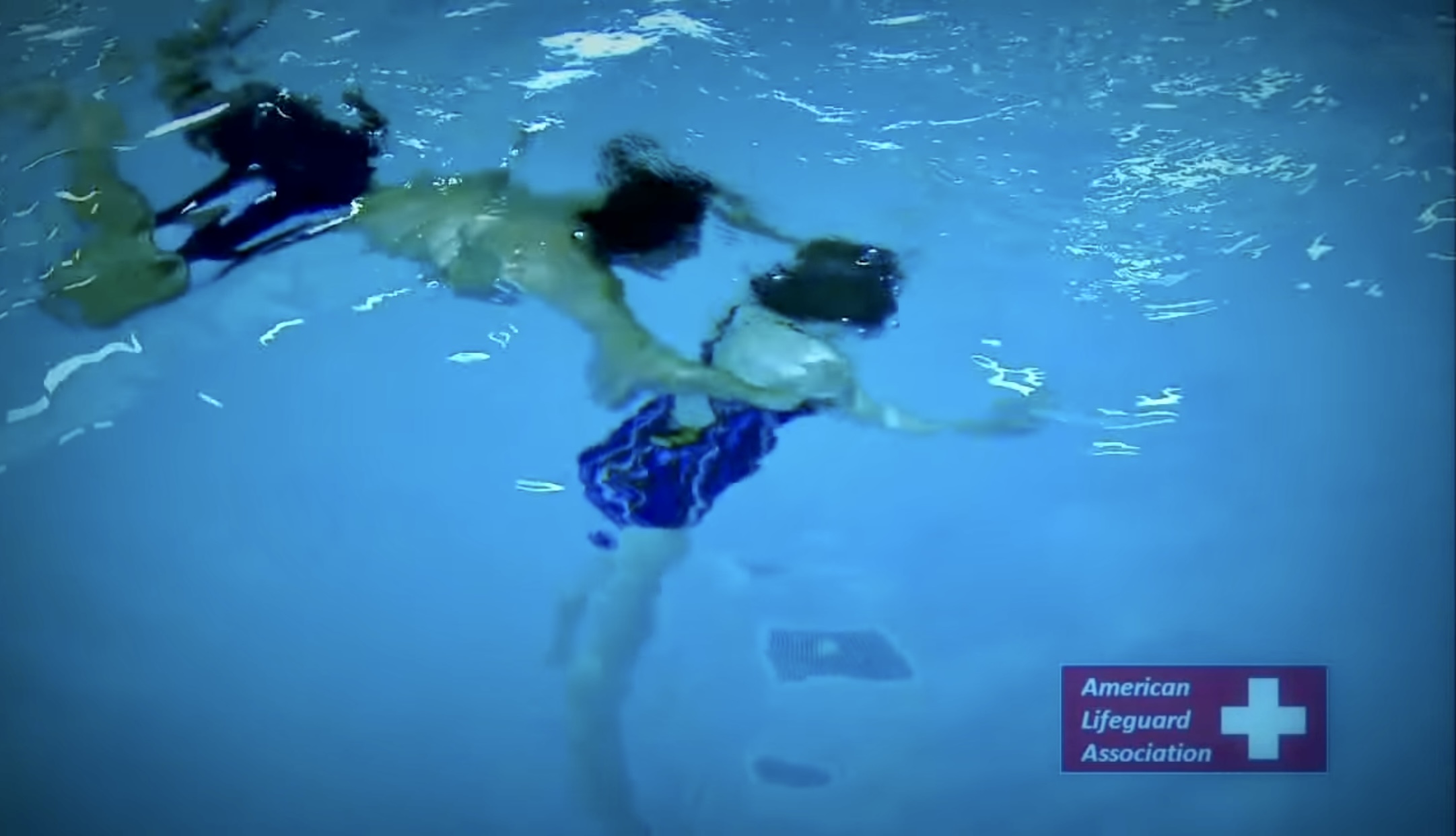
How Can Lifeguard Certification Enhance Your Emergency Response Skills?
Lifeguard certification is more than just a credential; it is a comprehensive training process that equips individuals with critical skills needed to respond effectively to emergencies. Whether you’re aiming to work at a pool, beach, or water park, the training provided through lifeguard certification enhances your ability to handle a wide range of emergency situations. This article explores how lifeguard certification, particularly through the American Lifeguard Association, can significantly improve your emergency response skills.
Understanding Lifeguard Certification
What is Lifeguard Certification?
Lifeguard certification is a formal accreditation that validates an individual’s ability to perform the duties of a lifeguard. The certification process involves rigorous training in various areas such as water rescue techniques, CPR (Cardiopulmonary Resuscitation), first aid, and the use of automated external defibrillators (AED). Certification programs typically combine both theoretical and practical components to ensure candidates are well-prepared to handle real-life emergencies.
The Role of the American Lifeguard Association
The American Lifeguard Association is a leading organization that provides comprehensive lifeguard certification programs. Their training is recognized nationwide and adheres to the highest standards of water safety and rescue. The certification offered by the American Lifeguard Association is a testament to the holder’s competence and readiness to perform lifeguard duties effectively.
Enhancing Emergency Response Skills
Water Rescue Techniques
One of the fundamental components of lifeguard certification is training in water rescue techniques. This training covers:
- Active and Passive Victim Rescues: Learning how to approach, secure, and bring victims to safety.
- Multiple Victim Rescues: Techniques for handling situations with more than one victim.
- Spinal Injury Management: Methods for managing and transporting individuals with suspected spinal injuries to prevent further harm.
These techniques are critical for effective emergency response in aquatic environments. Certified lifeguards are trained to remain calm under pressure, assess situations quickly, and execute rescues efficiently, significantly enhancing their emergency response capabilities.
CPR and First Aid
Lifeguard certification includes extensive training in CPR and first aid, which are essential skills for any emergency responder. Training covers:
- CPR for Adults, Children, and Infants: Learning the correct techniques for performing CPR on individuals of different ages.
- First Aid for Common Injuries: Treating cuts, scrapes, fractures, and other common injuries that may occur in aquatic settings.
- Use of AEDs: Proper use of automated external defibrillators to restore normal heart rhythms in cases of cardiac arrest.
These skills are invaluable in emergency situations, both in and out of the water. Certified lifeguards are equipped to provide immediate and effective care, potentially saving lives and reducing the severity of injuries.
Surveillance and Prevention
Effective emergency response also involves preventing emergencies before they occur. Lifeguard certification programs, like those offered by the American Lifeguard Association, emphasize the importance of surveillance and prevention. Training includes:
- Monitoring Techniques: Methods for maintaining constant vigilance and monitoring large groups of swimmers.
- Risk Assessment: Identifying potential hazards and taking proactive measures to mitigate risks.
- Enforcing Safety Rules: Educating patrons about safe practices and enforcing rules to prevent accidents.
By mastering these surveillance and prevention techniques, certified lifeguards can significantly reduce the likelihood of emergencies, creating a safer environment for everyone.
Building Competence and Confidence
Hands-On Training
Lifeguard certification involves extensive hands-on training, which is crucial for building competence and confidence. Practical training sessions include:
- Simulated Rescues: Participating in realistic rescue scenarios to practice and refine skills.
- Team Drills: Working with other trainees to perform coordinated rescues and manage complex situations.
- Emergency Simulations: Engaging in full-scale emergency simulations to experience the pressure and dynamics of real-life rescues.
This hands-on experience ensures that certified lifeguards are well-prepared to respond effectively to emergencies. The confidence gained through practical training is invaluable when faced with actual emergencies.
Decision-Making Under Pressure
Emergency situations often require quick and decisive action. Lifeguard certification programs emphasize the development of strong decision-making skills under pressure. Training includes:
- Scenario-Based Training: Analyzing different emergency scenarios and determining the best course of action.
- Stress Management Techniques: Learning methods to stay calm and focused in high-stress situations.
- Prioritization Skills: Assessing the severity of different emergencies and prioritizing actions accordingly.
By honing these decision-making skills, certified lifeguards can respond more effectively to emergencies, ensuring the safety and well-being of those in their care.
Career Opportunities and Professional Development
Enhanced Job Prospects
Holding a lifeguard certification significantly enhances job prospects in the aquatics industry. Employers prioritize certified candidates because they are assured of their skills and readiness to handle emergencies. With certification from the American Lifeguard Association, individuals can access job opportunities at public pools, beaches, water parks, and recreational facilities across the country.
Professional Growth
Lifeguard certification is not just a one-time achievement; it is a stepping stone to continuous professional growth. Certified lifeguards can pursue advanced training and specialization in areas such as:
- Aquatic Facility Management: Learning to oversee and manage aquatic facilities, ensuring safety and compliance with regulations.
- Water Safety Instruction: Becoming a certified instructor to teach water safety and lifeguard training courses.
- Lifeguard Training: Specializing in training and certifying new lifeguards.
The American Lifeguard Association offers a range of advanced courses that allow individuals to enhance their expertise and advance their careers in the aquatics industry.
Lifesaving Skills for Everyday Life
The skills acquired through lifeguard certification extend beyond professional settings. Certified lifeguards possess valuable lifesaving skills that can be applied in everyday life. Whether at a family pool party, a beach outing, or a community event, certified individuals are equipped to respond effectively to water-related emergencies, making them valuable assets in any situation.
The Lifeguard Certification Process
Training Programs
Lifeguard certification programs typically involve a combination of classroom instruction, practical training, and assessments. The American Lifeguard Association offers structured programs that cover essential topics such as water rescue techniques, CPR, first aid, and AED usage. These programs are designed to provide a comprehensive understanding of lifeguard responsibilities and equip candidates with the skills needed to perform their duties effectively.
Practical Assessments
To obtain lifeguard certification, candidates must successfully complete practical assessments that evaluate their ability to perform rescues, administer first aid, and handle emergency situations. These assessments are conducted under the supervision of experienced instructors who ensure that candidates meet the required standards of proficiency. The American Lifeguard Association’s certification process is rigorous, ensuring that only competent and well-trained individuals are certified.
Certification Renewal
Lifeguard certification is not permanent and must be renewed periodically to ensure that lifeguards remain current with the latest techniques and protocols. The American Lifeguard Association offers recertification programs that allow individuals to refresh their skills and stay updated with industry best practices. Regular recertification is essential to maintaining the highest standards of water safety and rescue.
Conclusion
Lifeguard certification is a crucial aspect of enhancing emergency response skills. The comprehensive training provided by the American Lifeguard Association equips individuals with the skills, knowledge, and confidence needed to respond effectively to a wide range of emergencies. Certified lifeguards play a vital role in accident prevention, emergency response, and community safety. By obtaining lifeguard certification, individuals not only enhance their career prospects but also contribute to the well-being and safety of others. If you aspire to make a difference in water safety, pursuing lifeguard certification is an essential step towards achieving that goal. Join the American Lifeguard Association today and become a certified lifeguard dedicated to protecting lives and promoting water safety.


